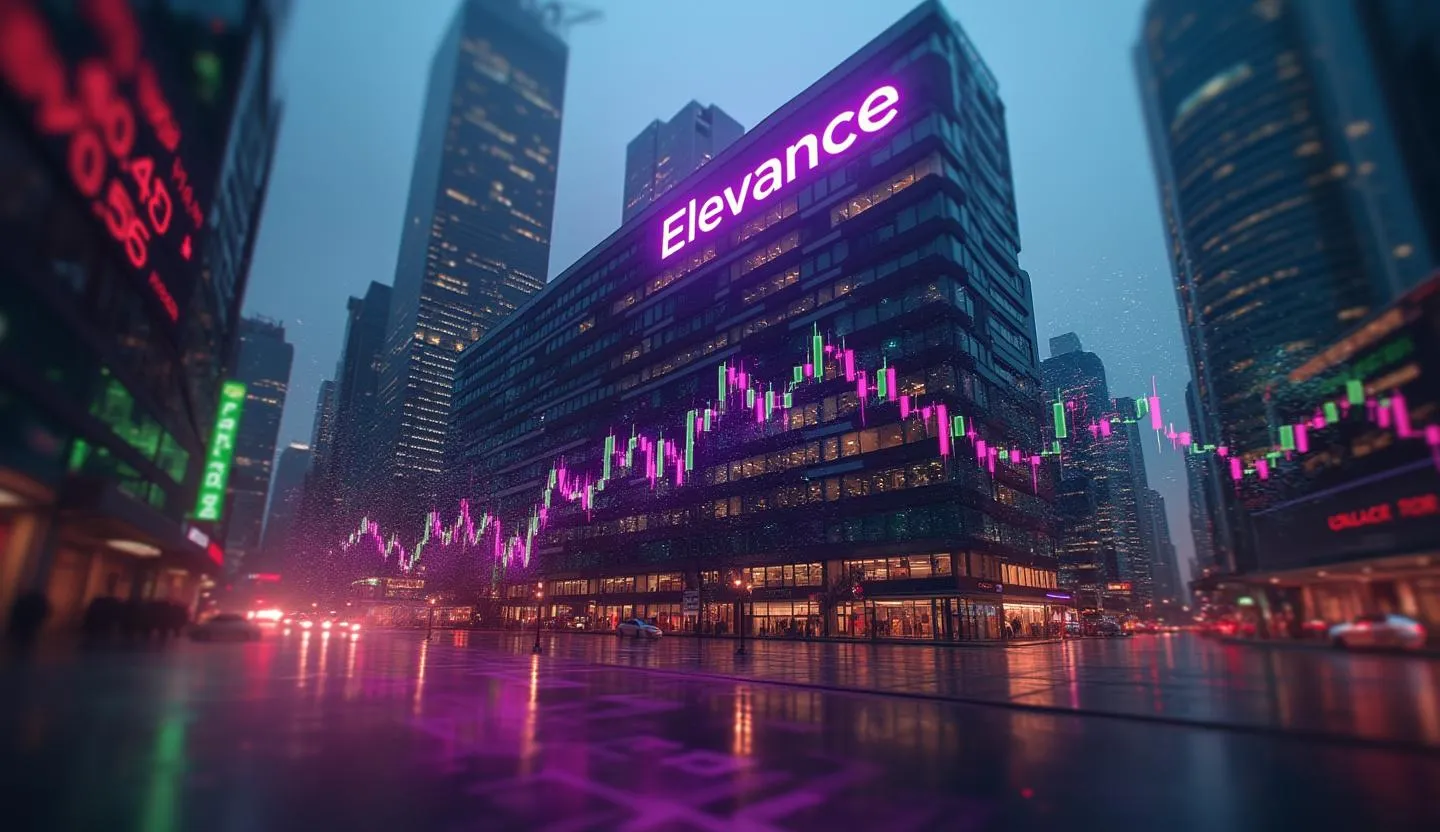Sector Setback: How Mounting Claims Sent Elevance Health Tumbling
In the closing stretch of today’s trading session, investors in the managed healthcare space have been hit with a reality check. Elevance Health, Inc. (ELV), a behemoth in the insurance and health benefits sector, is registering one of the steepest single-day declines among S&P 500 constituents. As of this writing, ELV is down 13.6%, with shares changing hands at $300.97 on volume exceeding 5.8 million—well above its average daily activity. The catalyst: an earnings miss coupled with a warning on escalating medical costs, a development that has sector-wide ramifications.
Key Takeaways
ELV shares dropped 13.6% in regular trading, erasing over $8 billion in market value.
Q2 earnings missed analyst estimates as medical and Medicaid costs spiked.
Volume surged to more than 5.8 million, signaling heavy institutional trading and possible rebalancing.
Sector-wide ripples are anticipated, as investors reassess risk in managed care amid cost inflation.
Executive commentary highlights a challenging reimbursement environment and uncertainty in government program margins.
Understanding Elevance Health’s Business and Market Footprint
Elevance Health, Inc., formerly known as Anthem, is among the largest health benefits companies in the U.S. It operates Blue Cross Blue Shield plans across multiple states, serves government and commercial clients, and owns an increasingly important pharmacy benefit management operation (CarelonRx). The company’s scale and reach make its quarterly earnings a bellwether for sentiment across the entire managed care sector.
Today, ELV’s sharp selloff stands in sharp contrast to the broader market’s buoyancy. While major indices climbed on the back of other strong earnings reports, Elevance’s numbers painted a different picture—one defined by cost pressures and the risk of deteriorating margins.
A Closer Look at the Numbers: Q2 That Sparked the Selloff
Performance Breakdown: The Numbers Behind the Move
Previous Close: $344.55
Current Price: $300.97 (intra-day)
Change: -$43.58 / -13.6%
Volume: 5,820,284 (well above average)
This outsized move comes on the heels of Q2 results that fell short of Wall Street’s expectations. According to Zacks Investment Research, "ELV's Q2 EPS slides 12.6% y/y and misses estimates as rising Medicaid and ACA costs weigh on the results.
Historical Perspective: A Rare Double-Digit Drop
A single-day decline of this magnitude is a rarity for ELV, which has historically exhibited lower volatility than the broader market. Over the past year, ELV shares have generally tracked with sector peers, but today’s drop stands out as the largest since the onset of the COVID-19 pandemic. The last time ELV saw a comparable percentage decline was during the market-wide selloff of March 2020.
Analyst and Market Sentiment: A Downgrade Cascade?
Analyst Response and Price Targets
The Q2 earnings miss and cost commentary have already triggered a wave of analyst downgrades and target price reductions. Early reports from major brokerages signal caution:
Morgan Stanley: Downgraded to Equal-weight from Overweight; price target cut from $400 to $335.
Barclays: Price target lowered from $390 to $310, citing "persistent margin headwinds in government programs."
Wolfe Research: Placed ELV on watch for further estimate revisions pending Medicaid exposure review.
Institutional Selling and ETF Flows
The surge in volume, alongside large block trades in the final hour of trading, suggests that institutional holders—pension funds, ETFs, and index trackers—are lightening up on ELV. This is consistent with historical patterns for sector leaders following a negative earnings surprise, where risk management prompts broad de-risking.
The Broader Context: Sector and Policy Headwinds
Why Medical Costs Are Spiking
The pressure on ELV’s medical cost ratio stems from several factors:
Rebound in elective procedures: Post-pandemic normalization has brought more patients back for surgeries and outpatient care, lifting utilization.
Government reimbursement pressure: Medicaid and ACA plans are facing tighter rates, limiting insurers’ ability to pass on rising costs.
Pharmacy costs: Even with in-house PBM operations, specialty drug inflation remains a challenge.
Sector-Wide Read-Throughs
ELV’s earnings miss has implications for all managed care stocks. Investors are reassessing the risk/reward profile for companies exposed to government programs, especially those with large Medicaid books (such as Centene, Molina, and UnitedHealth’s government segment).
Policy and Regulatory Wildcards
Upcoming elections and ongoing regulatory debates around Medicaid expansion and ACA subsidies add another layer of uncertainty. Managed care valuations are sensitive to perceived changes in government support and reimbursement dynamics—a risk that today’s ELV selloff brings into stark relief.
Leadership Commentary: Navigating a Tougher Landscape
ELV’s management emphasized their commitment to cost containment and value-based care. However, executives acknowledged that the near-term environment will remain challenging.
Investor Takeaways: What’s Next for Elevance and the Sector?
Short-term caution warranted: Today’s price action and analyst downgrades signal further downside risk if cost trends persist.
Watch Medicaid and ACA exposures: Companies with outsized government business could see margin compression for several quarters.
Long-term opportunity? The sector’s defensive characteristics may eventually attract buyers, especially if cost inflation moderates or policy clarity improves.
Conclusion: ELV as a Sector Bellwether in Turmoil
Elevance Health’s sharp decline is a wake-up call for investors tracking the health insurance and managed care sector. The rapid repricing reflects not only a disappointing quarter but also mounting uncertainty over medical cost trends, regulatory risk, and the sector’s ability to defend margins. With the market rewarding clarity and punishing uncertainty, ELV’s journey in the quarters ahead will be closely watched—not just by its shareholders, but by anyone with exposure to the broader healthcare value chain.
In an environment where fundamentals are in flux, vigilance and rigorous analysis remain paramount. For now, Elevance Health stands as a sector laggard and a case study in the risks of margin compression when cost trends outpace premium growth.

.svg)
.svg)
.svg)
.svg)

.svg)

.svg)
















